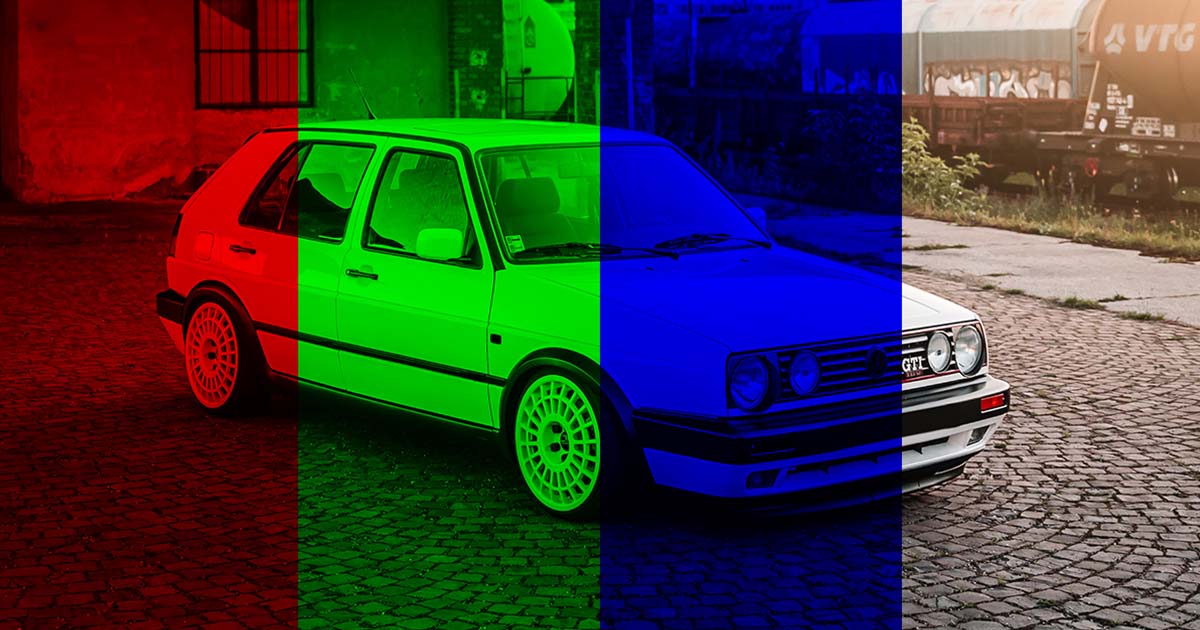
by Support Tech | Mar 16, 2025 | RESOURCE LIBRARY, ARTICLES, Lighting, PRODUCTS
We took our first look at measuring light sources a while back as our first step toward understanding the differences in automotive headlight options. In this article, we’ll provide a practical demonstration of why it’s crucial for the lighting on your car, truck,...
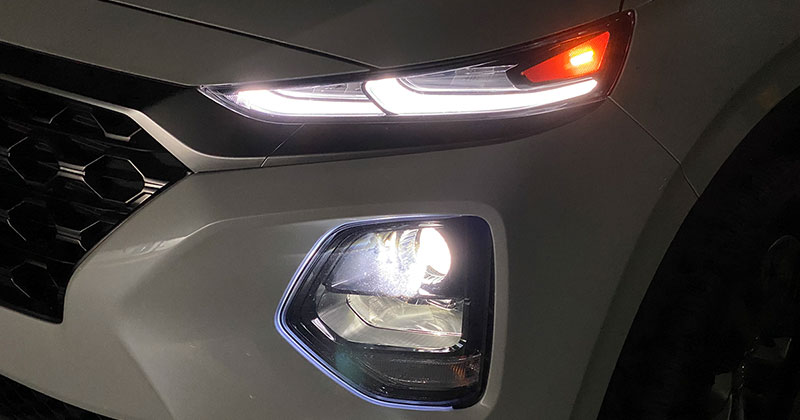
by Support Tech | Jan 19, 2025 | RESOURCE LIBRARY, ARTICLES, Lighting
As fall approaches, we find the sun setting hours earlier than it did in the summer. With this increase in darkness, we need to rely on the forward lighting systems in our cars and trucks to keep us safe. In this article, we are going to look at the importance of...
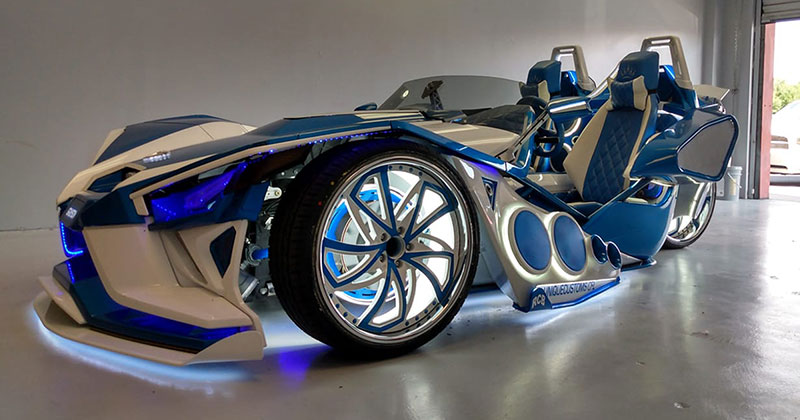
by Support Tech | Nov 10, 2024 | RESOURCE LIBRARY, ARTICLES, Lighting
Custom lights and LED strips have been a staple for car upgrades since the Fast & Furious days. Whether it’s a strip of blue, green or red lights in the footwells or a complete custom amp rack or center console, lighting can add personality, style and flair...
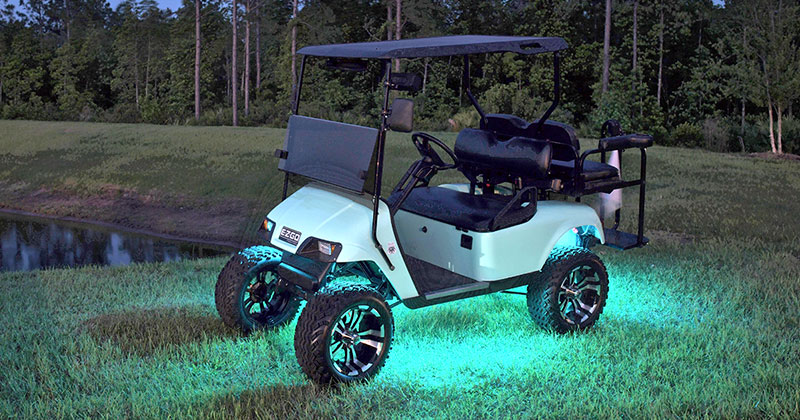
by Support Tech | Sep 15, 2024 | ARTICLES, Car Audio, Lighting, RESOURCE LIBRARY
Whether you’re spending an afternoon on the links with a couple of friends, towing your race car back to the pits, or you just have to have the coolest Club Car or E-Z-GO on the block, your local specialty mobile enhancement retailer can help. From audio systems and...
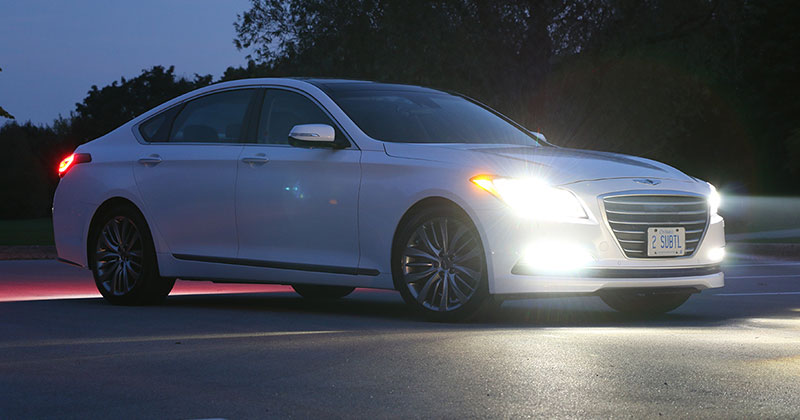
by Support Tech | Aug 25, 2024 | RESOURCE LIBRARY, ARTICLES, Lighting
Upgrading the headlight bulbs or assemblies on your car or truck is a great way to improve your ability to see long distances while driving. Though many buyers focus on the amount of light produced by the bulb, ensuring that the new solution provides a proper beam...
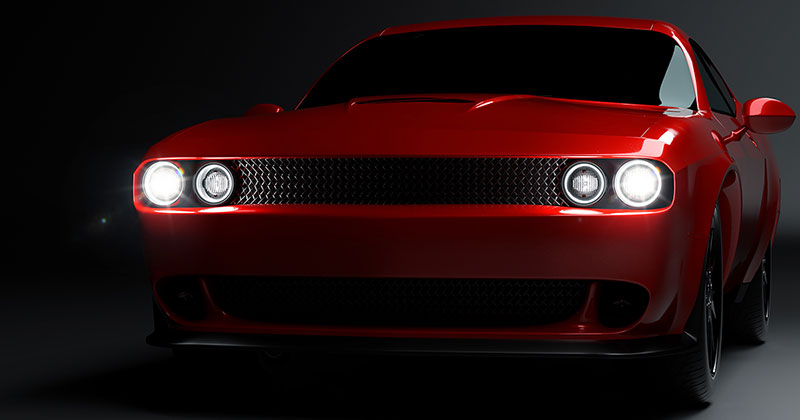
by Support Tech | Jun 2, 2024 | RESOURCE LIBRARY, ARTICLES, Lighting
When it comes to safe driving at night, upgrading the headlights in your car or truck with HID or LED bulbs can make a dramatic difference in your ability to see long distances. Dozens of articles and videos on the Internet compare the two technologies. Piecing...







